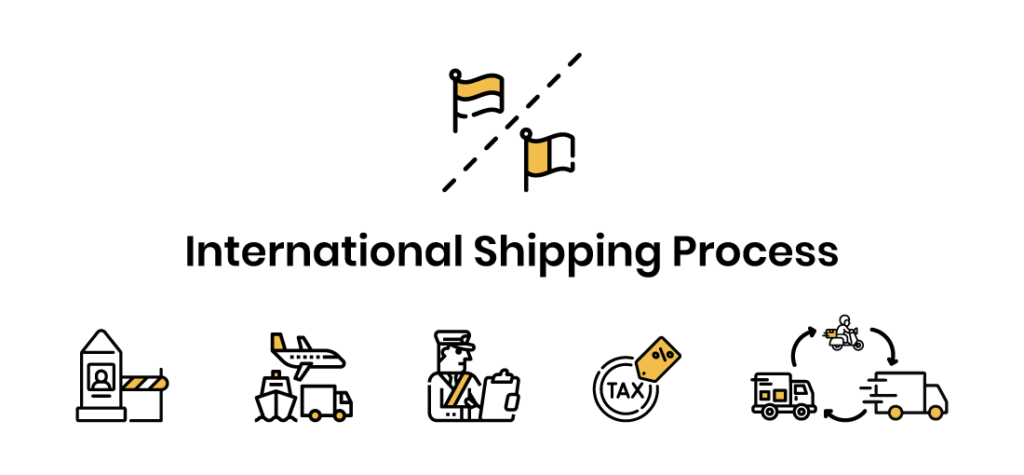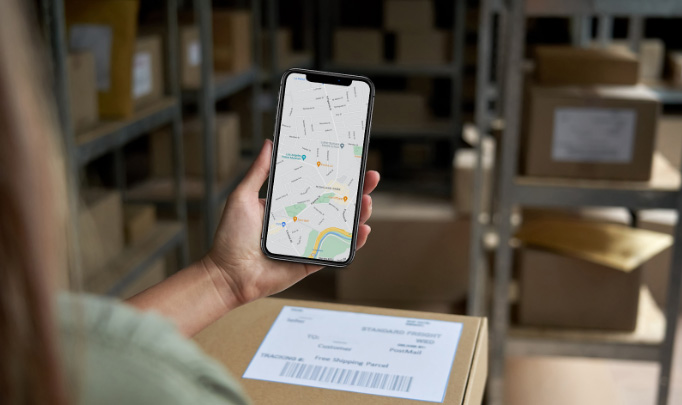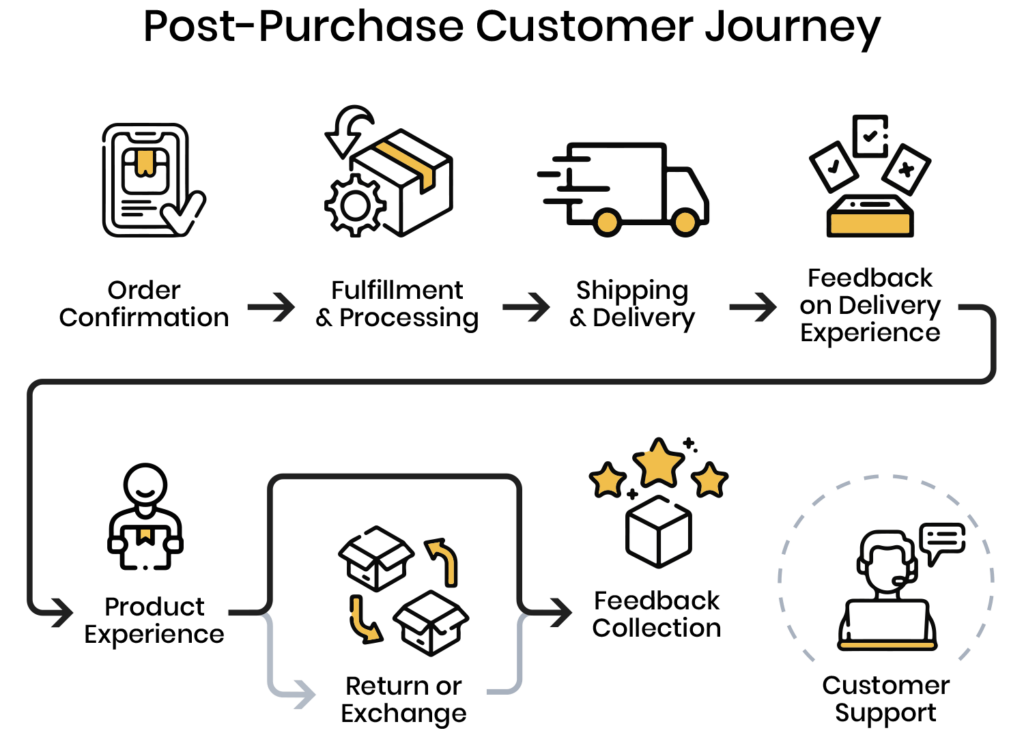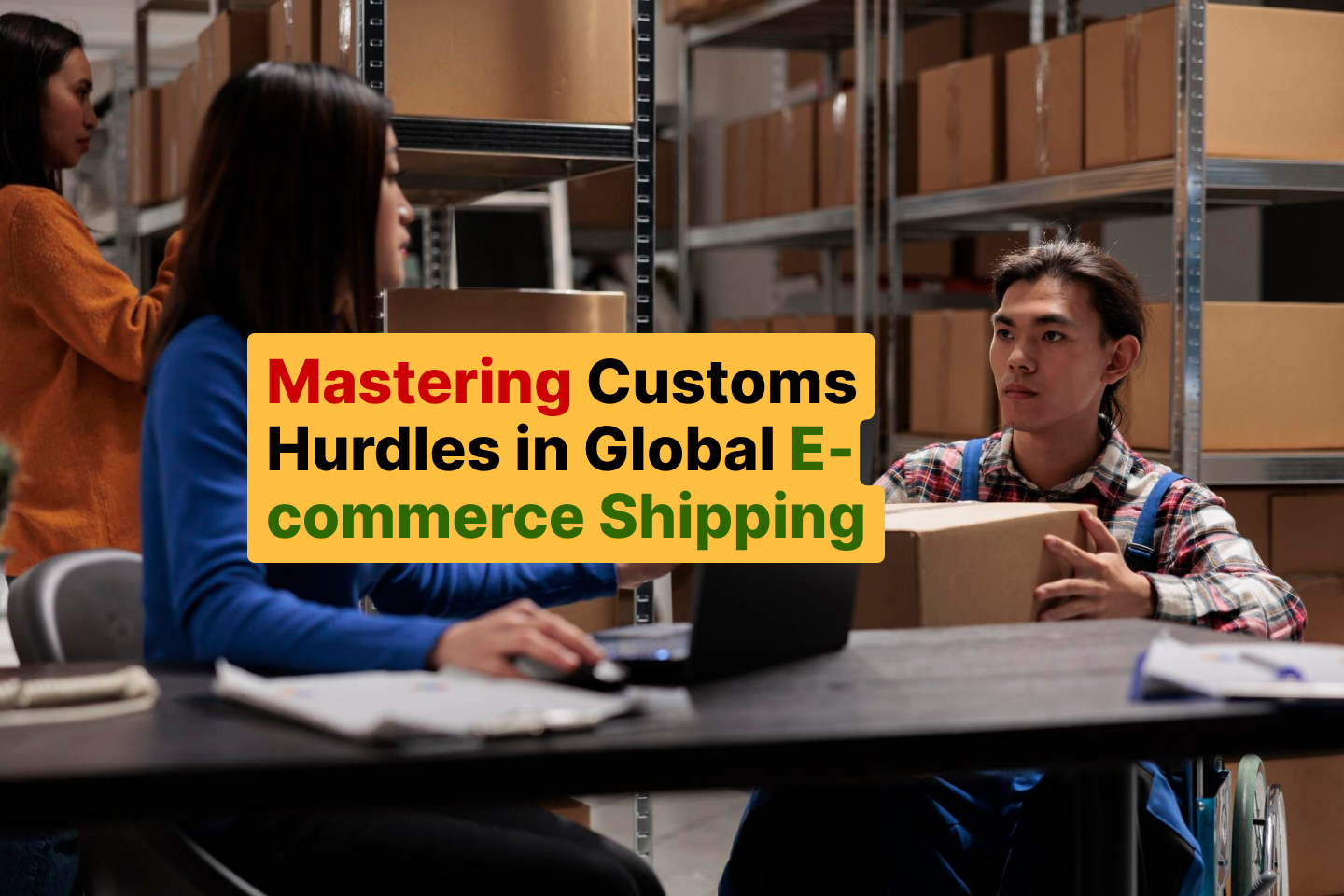In today’s interconnected digital marketplace, global e-commerce represents unprecedented opportunities for businesses of all sizes. However, navigating the complex maze of international customs regulations can transform a simple shipment into a logistical puzzle. From varying duty rates and restricted items to documentation requirements and country-specific regulations, customs hurdles pose significant challenges that can impact delivery times, customer satisfaction, and bottom-line profitability. For e-commerce businesses aiming to expand their international footprint, mastering these customs intricacies isn’t just about compliance—it’s a crucial competitive advantage that can streamline operations, reduce costs, and enhance the customer experience.
Online shopping across borders is growing fast. But selling internationally comes with responsibilities, especially when it comes to customs. Let’s look at the challenges and solutions for smooth global e-commerce shipping.
Key Points for E-commerce Customs Challenges
- Understand country-specific customs regulations
- Ensure accurate and complete documentation
- Use technology for compliance and tracking
- Work with experienced customs brokers
- Communicate clearly with customers about international shipping
- Stay flexible and adapt to changing regulations
Understanding Customs Regulations in International E-commerce
Customs regulations are important for fair and safe international trade. Every country has its own rules, and e-commerce businesses need to know them. This helps provide a good experience for customers and keeps businesses out of legal trouble.

In 2023, people bought $5.8 trillion worth of stuff online globally. That’s a lot of packages crossing borders! With so much at stake, understanding customs is really important. Customs authorities are checking more closely, so businesses need to know the rules.
Here are some key points to remember:
- Each country has its own import rules and taxes
- Some products might need special permits
- Duties and taxes can change based on what you’re selling
- Some countries let small purchases in without taxes
- Some items might be totally banned in certain countries
DTC e-commerce shipping challenges often involve these customs issues. It’s not just about sending a package; it’s about making sure it can legally enter another country. This means understanding complex codes, how to value items, and rules that can change often.
Essential Documentation for Smooth Customs Clearance
Paperwork might be boring, but for international shipping, it’s super important. Having the right documents can make the difference between a happy customer and a stuck package. Good paperwork helps things move faster and avoids delays and fines.

Here’s a checklist of must-have documents:
- Commercial invoice: Describes what you’re selling and how much it costs
- Packing list: Lists everything in the package
- Certificate of origin: Says where the products were made
- Harmonized System (HS) codes: Special numbers for different types of products
- Export declaration: A form for stuff leaving the country
- Import license (if needed): Permission to bring certain things into a country
These documents tell customs exactly what’s in your package, where it came from, and how much it’s worth. Getting them right is important! Good paperwork can prevent delays and make sure you’re following the rules.
Navigating shipping options is easier when your paperwork is in order. It’s like having a map in a new city – it helps you find your way. With good documents, you can choose the best ways to ship your stuff.
Using Technology for Customs Compliance
Technology is helpful for dealing with customs challenges. Smart e-commerce businesses use cool tech tools to manage their international shipping. These tools make customs easier and provide useful information to help businesses improve.

Here’s how technology is making customs clearance easier:
- Automated customs declaration systems: Reduce mistakes and speed things up
- Real-time tracking of shipments: See where your package is at all times
- AI-powered classification of goods: Make sure products are labeled correctly
- Blockchain for supply chain transparency: Make everything more traceable and secure
- Cloud-based compliance platforms: Keep up with changing rules in different countries
These tech solutions help reduce errors, speed up processing, and keep everyone informed. It’s like having a super-smart helper that never sleeps! By automating complex tasks, businesses can focus more on growing and making customers happy.
The ROI of advanced order tracking in e-commerce is huge, especially for international shipping. Customers love knowing where their package is, and businesses can spot and solve problems faster. This openness makes customers happier and helps manage customs issues better.
Strategies for Efficient Customs Clearance
Now that we’ve covered the basics, let’s talk about smart strategies. Clever e-commerce businesses have tricks to make customs clearance smoother. These strategies will save time and money on international shipping.

Here are some top strategies:
- Work with experienced customs brokers: They know the complex rules and can speed things up
- Use pre-clearance programs when available: These can make processing much faster
- Keep up-to-date with trade agreements: Take advantage of better rates and simpler procedures
- Accurately value and describe goods: This helps avoid delays from wrong classifications
- Implement a robust compliance program: Regularly check your customs processes
- Build relationships with customs authorities: Good communication can help solve problems quicker
These strategies will help you avoid delays, save money, and keep your customers happy. It’s all about being prepared and thinking ahead! By using these approaches, you can turn potential customs problems into an advantage for your e-commerce business.
Enhancing post-purchase experience through efficient customs clearance is key. When packages go through customs quickly, customers get their orders faster and are more likely to buy from you again. This good experience can make customers loyal and spread positive word-of-mouth, which is really valuable in the competitive e-commerce world.
Conclusion: Mastering Customs for E-commerce Success
Dealing with customs challenges in international e-commerce shipping might seem hard, but with the right knowledge and tools, it’s totally possible. By understanding rules, having the right paperwork, using technology, and following best practices, you can turn potential problems into chances for growth.
Remember, successful international e-commerce is about being prepared, staying informed, and putting your customers first. With these strategies, you’re on your way to global e-commerce success! As you keep expanding internationally, keep improving your customs processes and stay flexible in the changing world of global trade.



